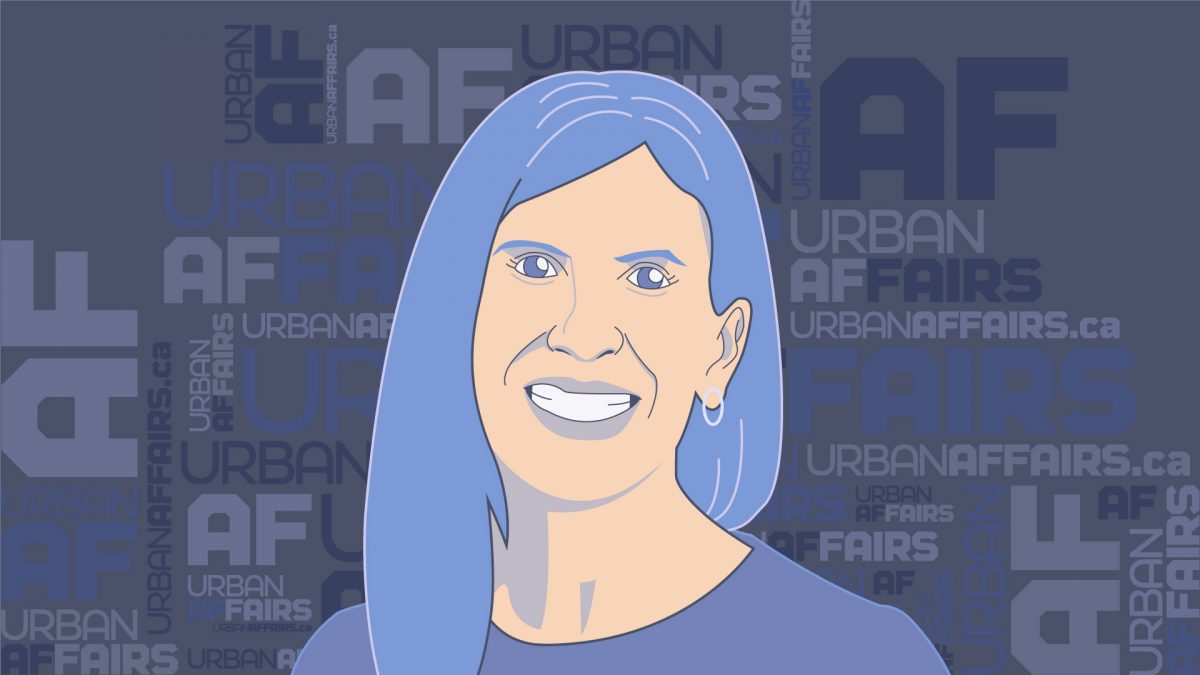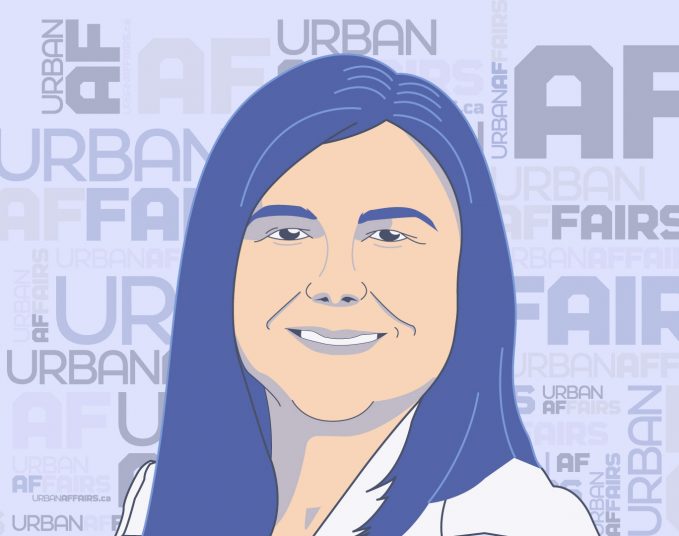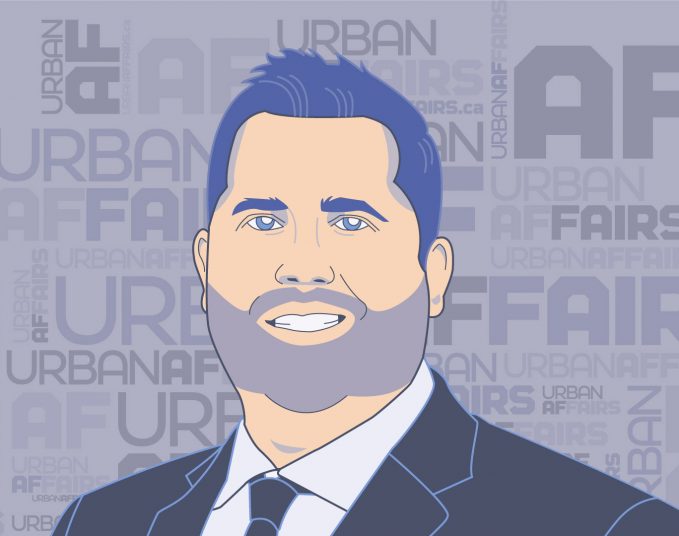We see it all the time. Politicians at every level of government talking about jurisdictions. About who has the responsibility to do what. Provinces telling the feds to keep their hands off of health care and natural resources. Municipalities being told by the province not to step outside of their lanes, even though they depend on the province for so much of their funding. We have constitutional battles over jurisdiction.
But Coun. Anne Stevenson believes that the average Edmontonians doesn’t care about the political buck-passing.
“People don’t care about what level of government has jurisdiction, they just want the problem fixed,” she says.
And Stevenson, who represents Ward O-Day’min — which takes in the city’s downtown — believes this is especially true when it comes to the issue of homelessness. Stevenson won a hotly contested election race in 2021; the ward had 10 candidates, and she got 26.6 per cent of the vote, good enough to finish at the top of a crowded ticket. A former city planner, Stevenson also worked in the affordable housing sector, with the Right at Home Housing Society. She says the issue of homelessness dominated the thoughts of downtown voters.
“When I asked, ‘What is your top-of-mind issue?’ easily, three quarters of the people answered ‘housing and homelessness.’” Stevenson says. “But what I really appreciate about the area I represent is that what I heard was deep compassion. It wasn’t about moving people along or getting rid of the problem. It was about recognizing that people have complex needs, that they need housing and the supports for them to be successful.”
And, while the provincial government has called out the City to address crime in the downtown core, Stevenson believes dealing with the homeless population is the first domino that needs to fall.
“For me, it all flows from housing. The things we need to solve are difficult to solve if you don’t have housing in the equation. Supporting people with mental-health challenges, I don’t know how you do that if someone doesn’t know where they are going to sleep that night, or doesn’t have an address for the support workers coming out. I think it’s foundational, but it’s not exclusive. We need all sorts of wraparound supports for people to be successful in their housing. There is lots of work that needs to happen around coordination with different systems and pathways. It’s where I am spending a lot of time thinking right now. It’s about stitching together these gaps in our safety net.
“There are those who are just discharged from hospital into homelessness, just discharged from corrections into homelessness, and I’m learning more about being discharged from addictions treatment into homelessness. It’s just setting people up for failure and it impacts our entire community.”
And that brings us back to the idea of jurisdiction. The City has 500 units of supportive housing ready to go, but there is no provincial funding to staff them. Coun. Andrew Knack called public attention to this issue in May. Stevenson believes that, if provincial funding doesn’t come forward, the City will have to discuss how to make sure those spaces are funded and used. And that could mean the City needing to find the funds, despite the fact talk about jurisdiction.
And it’s about more than downtown.
“It’s absolutely city-wide. We have encampments in basically every neighbourhood in Edmonton. And no one dismisses my issues as downtown issues. I think it’s well-recognized that the heart of our city has a huge impact on our entire city. And, homelessness is in every neighbourhood. The mental-health crisis is in every neighbourhood.”
While homelessness is top of mind, Ward O-Day’min also needs a boost in people. After hours, Edmonton Centre is empty. On weekends, many stores aren’t open. The new hybrid working model — which was hastened along thanks to COVID — means that downtown isn’t as busy. Office workers aren’t coming back, and lack of foot traffic hurts businesses. It also hurts the perception of public safety.
According to the 2019 City census, 12,423 people lived downtown. While that number has increased thanks to the completion of some rental-unit towers, it’s still far short of what Stevenson and the rest of her council want to see. In her mind, downtown’s vibrancy will be improved by more people who live in the core, rather than those who work in the core or visit the core.
“I think the energy is coming back, for sure. But I think it highlights the structural issue we have downtown, which is the lack of residential units compared to commercial. It’s a good call to us that we need to rebalance that, particularly given changed working environments.”
Last year, the City ran the Development Incentive Grant program, which provided support for builders of residential buildings with values of at least $10 million, and had 50 units or more. Stevenson points to the new Warehouse Park development; ground has just been broken on the first building, a 36-storey tower that will house 360 units. If the developers — John Day Developments, Maclab Development Group, Pangman Development Corporation and Probus Project Management — are successful in attracting leases, they’ll proceed on the next phases of the project, with a potential for 1,000 units.
Warehouse Park is a city plan to reimagine the area north of Jasper Avenue, between 106th and 108th Streets, with a park and high-density residential.
“We need to have that residential base to provide vibrancy, long term,” says Stevenson. “It’s something that we’ve always needed, but, before, we could kind of cover it up.”
Savvy AF. Blunt AF. Edmonton AF.




